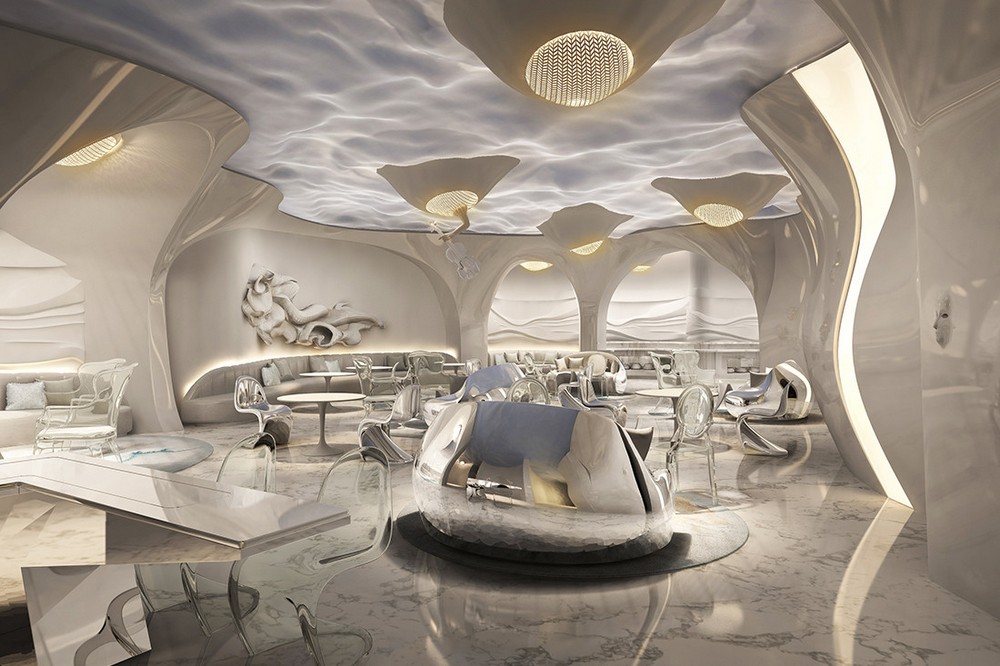Stylish Commercial Interior Design Solutions in Dubai

Dubai is globally recognized for its bold architecture, luxury, and forward-thinking innovation. This ethos doesn’t stop at the skyline—it extends into the very heart of the city’s commercial spaces. Commercial interior design in Dubai has evolved to match the city’s futuristic aspirations and cultural richness. Businesses in the UAE’s economic powerhouse now view their interior spaces as critical assets that can influence brand identity, employee productivity, and client impressions.
From chic offices in Business Bay to luxurious retail outlets in Downtown Dubai, every commercial space tells a story. The art of commercial interior design lies in balancing form with function—creating environments that are both visually compelling and tailored to the specific needs of each business.
Why Commercial Interior Design Matters
A well-designed commercial space is more than just an aesthetic choice. It plays a pivotal role in:
- Reinforcing brand image: The interior of a commercial space serves as a physical embodiment of a company’s brand. Whether it’s a tech startup or a fine-dining restaurant, design choices communicate values and positioning.
- Enhancing productivity: Office interiors that prioritize ergonomics, lighting, and acoustics contribute to better employee performance and well-being.
- Improving customer experience: For customer-facing businesses like retail stores or hospitality venues, interior design directly impacts how clients feel and interact with the space.
- Regulatory and sustainability goals: In Dubai, increasingly stringent building and design regulations also push designers to focus on energy efficiency, sustainable materials, and health-conscious layouts.
Dubai’s Unique Design Landscape
Commercial interior design in Dubai is distinguished by a fusion of tradition and modernism. The city attracts global talent and design firms, yet remains deeply rooted in Emirati culture and Islamic art.
Popular styles in commercial interiors include:
- Modern Minimalism: Clean lines, neutral palettes, and open spaces are popular in corporate offices and co-working spaces.
- Arabic Influence: Many interiors incorporate decorative designs inspired by Islamic geometry, mashrabiya screens, or calligraphy to add a cultural dimension.
- Luxury Opulence: In the hospitality and retail sectors, especially within high-end malls or hotels, rich textures, gold accents, and bespoke furniture are often used to create a lavish feel.
- Industrial Chic: Exposed ceilings, concrete textures, and utilitarian fixtures give many restaurants and creative spaces a trendy edge.
Key Elements of Successful Commercial Interior Design
Dubai’s diverse business ecosystem demands a flexible and strategic approach to interior design. Here are some vital elements that define successful commercial interiors:
- Space Optimization: Maximizing square footage is essential, especially in high-rent areas. Designers often use open layouts, modular furniture, and multifunctional spaces to make every inch count.
- Brand Integration: Logos, color schemes, and design motifs are subtly (or boldly) embedded into the layout to reinforce identity and consistency.
- Lighting: Natural light is highly valued, especially in office design, where it improves mood and reduces energy costs. LED solutions and smart lighting systems are commonly employed.
- Technology Integration: In a city like Dubai, smart office systems, digital signage, and automated controls are not just trendy—they’re expected.
- Sustainability: LEED-certified materials, recycled furnishings, and energy-efficient systems are increasingly important as Dubai moves toward greener development.
Top Trends in Dubai’s Commercial Design Scene
- Biophilic Design: Integrating greenery, natural light, and organic shapes is gaining traction as businesses seek to improve mental well-being in the workplace.
- Flexible Layouts: With the rise of remote and hybrid work, flexible design that allows reconfiguration is in high demand.
- Experience-Driven Spaces: Restaurants, showrooms, and retail outlets are focusing more on creating memorable, immersive environments that encourage return visits.
- Cultural Fusion: Blending local aesthetics with international trends is a hallmark of Dubai’s style—appealing to both global tourists and local residents.
Choosing the Right Interior Designer in Dubai
Given the complexity of commercial interior projects, selecting the right designer or firm is crucial. Key things to consider include:
- Portfolio Diversity: Look for firms that have experience across various commercial types—office, retail, hospitality, etc.
- Cultural Sensitivity: Choose designers who understand both international standards and regional sensibilities.
- Technical Expertise: From compliance with Dubai Municipality regulations to experience with fit-outs and MEP integration, technical knowledge is essential.
- Client Reviews & Testimonials: Always check references and past client feedback before committing.
Conclusion
Dubai’s commercial interior design scene is a dynamic intersection of creativity, commerce, and culture. Whether you’re launching a boutique store or redesigning an entire office floor, thoughtful design can significantly impact your business’s performance and public image. By leveraging innovative materials, advanced technologies, sustainable practices, and culturally rooted decorative designs, Dubai continues to set the benchmark for modern commercial interiors worldwide, attracting global attention and inspiring designers across industries.




